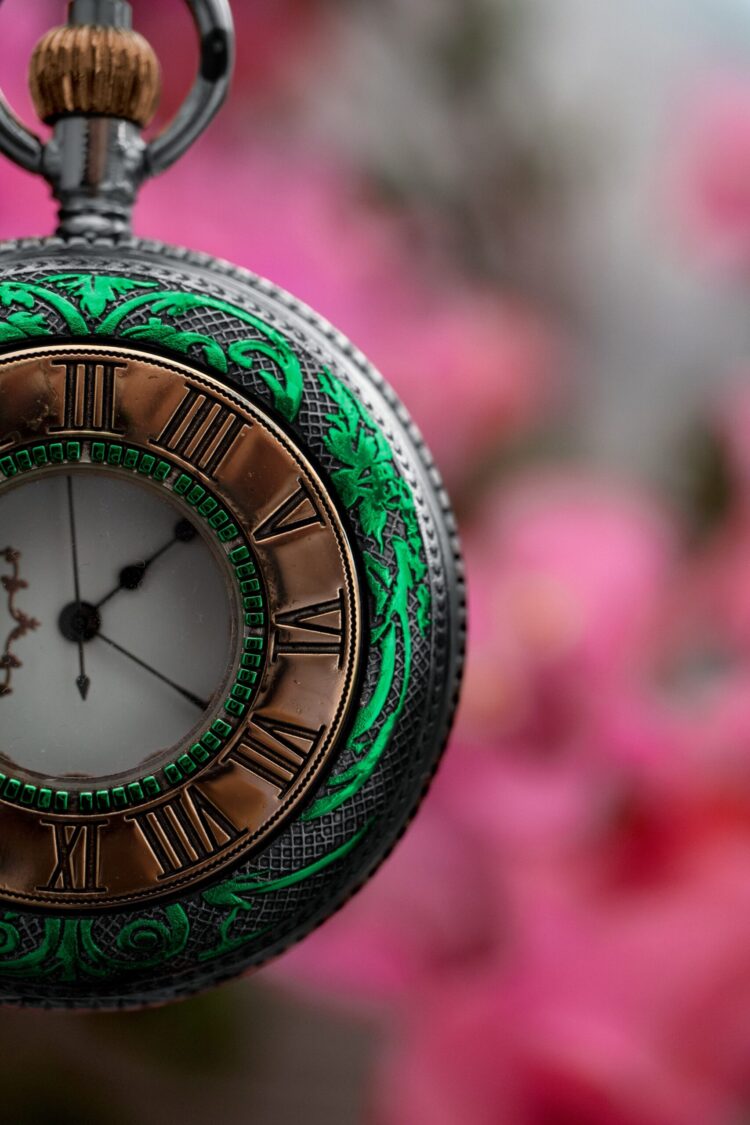Photo by Ivan Diaz
March is Women’s History Month. February was Black History Month. With all the focus on history, I’ve been thinking about time, writing, and the ways time and writing intersect.
Setting
The time period when we set our stories has a direct and substantial impact on the details we have available to weave into our stories. The kinds of arts being practiced–whether dance, or music, visual, or performance–relate to the time period of the story. So do the politics, geographic names and boundaries, the transportation, the clothes, the housing, the means of communication, even the manner of speech. Culture is a combination of many aspects of life, including technology and beliefs, practices and systems, and always with some ebb and flow of past, present, and future.
Writers use every bit of their imagination and observational skills, their research and memory, and their vocabulary to immerse their readers into the time of their story. But this isn’t the only way in which “time” relates to the art of writing.
Pacing
Pacing is a dreaded story-telling issue for many of us, while others have a natural knack for spinning their tales with perfect pacing. How fast or slow a scene is unpacked, how quickly transitions occur, the twists and turns of story arcs, the cliffhangers, exploded moments, moments in slow motion, all contribute to overall pacing. The timing of jokes, the timing of clues, the timing of the reveal all depend on the author’s pen and use of pacing. Handling time isn’t just a matter of adding a clock or watch into the scene, although that can be a helpful device.
Measuring
Which gets us to clocks and watches and all manner of time pieces. The measure of time may be by wrist watch, wall clock, cuckoo clock, Beg Ben, egg timers, stop watches, alarm clock, radio clock, pocket watch, digital clock, sun dial, or the position of the sun in the sky, among many choices. I used to feel lost without a wrist watch, but now I use my cell phone to check the time. As times change, so do the ways in which we count time! Some of us are used to timers that count down, as when we bake, but others are used to timers that count up, common for swimmers and other sporting events. The way time is measured can be a source of confusion and mix-up, which is another way time can be added to a story.
Writing
Whether it is history that prompts you to think about time, or just the need to get your story written (having a deadline is a useful time tool!), writers cope with issues about time frequently, often, over and over, time and again, successively, regularly, periodically, and habitually. Whether writing a cradle-to-grave story or a slice of life, giving time its due is a necessity for writers. Here’s to making time to write your story!

